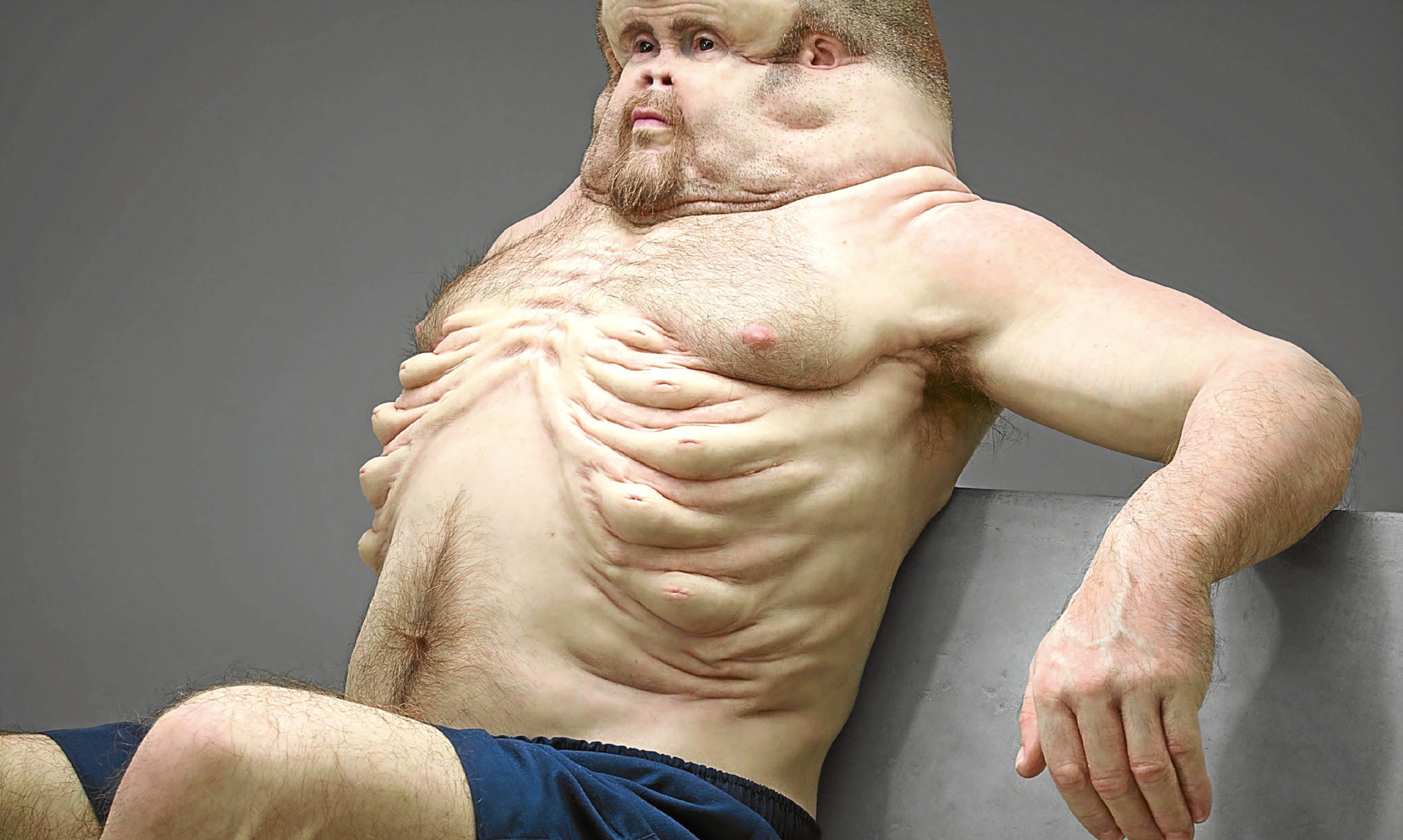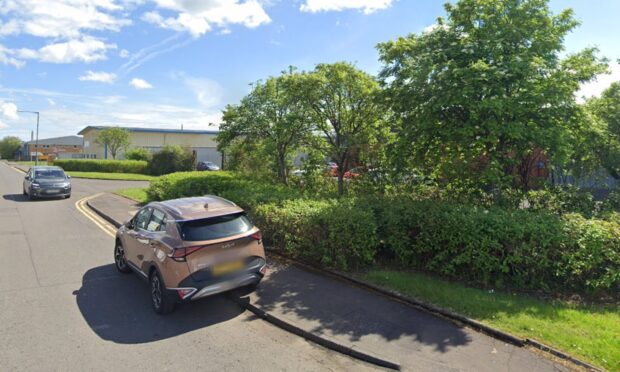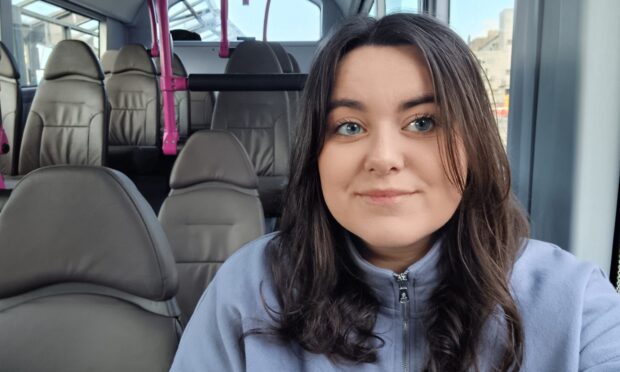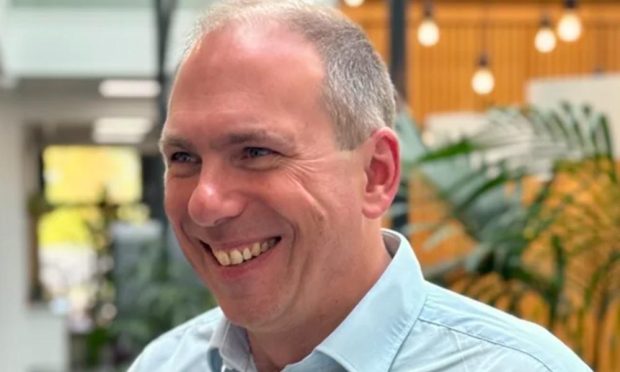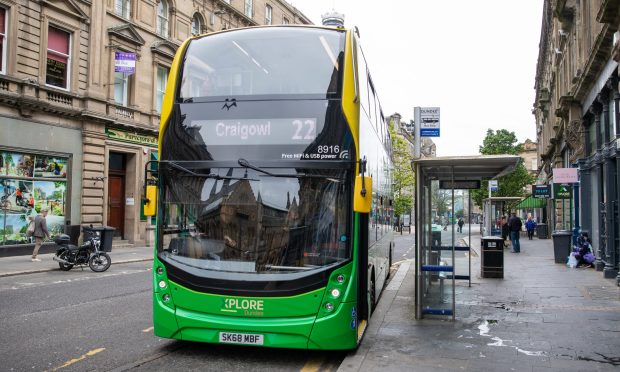The rather unappealing chap to your right is what human beings would look like if we’d evolved to withstand car crashes.
The fellow’s name is Graham and he’s the creation of an Australian road safety organisation.
He was designed by the state of Victoria’s Transport Accident Commission (TAC), in conjunction with leading trauma surgeon Christian Kenfield, crash investigation expert David Logan, and world-renowned Melbourne sculptor Patricia Piccinini.
Graham was designed to showcase human vulnerability, and forms part of TAC’s road safety campaign to highlight how susceptible the human body is to forces it will be under in a car crash.
Graham features a number of bizarre bodily changes, including a massive chest, no neck and extra nipples designed to replicate airbags and protect the rib cage in the event of an accident.
It’s fair to say no one’s going to be asking Graham out on a date anytime soon.
However, it’s hoped seeing the physical changes needed to withstand a car crash will help people realise just how vulnerable their own bodies are.
Joe Calafiore, TAC chief executive, said: “People can survive running at full pace into a wall, but when you’re talking about collisions involving vehicles, the speeds are faster, the forces are greater and the chances of survival are much slimmer.
“Cars have evolved a lot faster than humans and Graham helps us understand why we need to improve every aspect of our roads system to protect ourselves from our own mistakes.”
“We have to accept people will always make mistakes, but modern vehicle safety technology and safe road design can drastically reduce the forces involved when a crash happens, making them more survivable.
“By making people confront the reality of their own vulnerability, Graham helps us to consider our own roles in road safety and how our own choices can protect us in the event of a mistake.”
